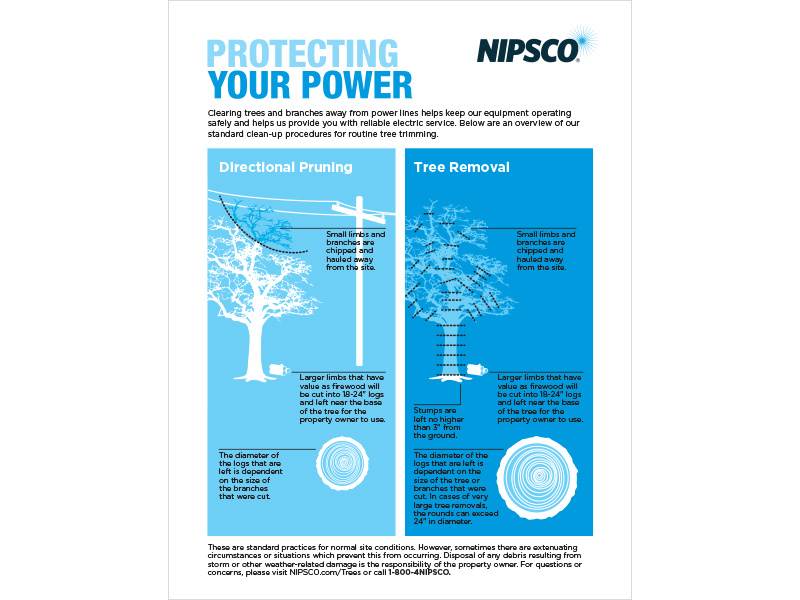Determine Crucial Signals That May Recommend Your Tree Is Risky; Understanding These Can Aid Guarantee The Security Of Your Home And Enjoyed Ones.What Should You Observe Next?
Determine Crucial Signals That May Recommend Your Tree Is Risky; Understanding These Can Aid Guarantee The Security Of Your Home And Enjoyed Ones.What Should You Observe Next?
Blog Article
Post Composed By- Pear Tree Pruning
When it concerns tree treatment, identifying the indicators that it's time for elimination is important for your safety and security and building. You could see discolored leaves, wilting branches, or odd fungal growths indicating health issue. Architectural issues, like a substantial lean or splits in the trunk, can additionally pose threats. Comprehending these indication can aid you make informed choices regarding your trees and prevent prospective hazards prowling in your lawn. What should you look for next?
Signs of Decay and Illness
When you observe indications of decay and condition in your trees, it's crucial to act promptly. Seek discolored leaves, wilting branches, or uncommon developments like fungus. These can indicate that your tree is having a hard time.
If you see fractures in the bark or soft, mushy timber, these symptoms suggest inner decay. Furthermore, a sudden increase in bugs around your tree can signify that it's weakened and vulnerable.
Look for any kind of dead or passing away limbs, as they pose a danger to your home and safety. If you doubt about what you see, speaking with an arborist can provide quality.
Dealing with these indicators early can save you from more substantial damage and make certain the health and wellness of your yard. Do not wait up until it's far too late.
Structural Instability and Leaning
As you observe your trees, watch out for any kind of indications of structural instability or leaning. If a tree leans substantially, it might show that the root system is compromised.
Search for any splits in the trunk or dirt around the base; these can indicate potential failing. Additionally, look for uncommon development patterns, like a lopsided crown, which might recommend that the tree is having a hard time to hold itself upright.
If Tree Limb Removal Service Near Me notice that the tree leans toward your home, high-voltage line, or other frameworks, it postures a higher threat. Do not ignore these indicators-- speak with an arborist to analyze the situation.
Taking When To Trim A Maple Tree can stop pricey damage and ensure your safety and security.
Dead or Perishing Branches and Vegetation
If you notice dead or passing away branches and foliage on your tree, it's a clear indication that something's incorrect.
These undesirable locations can indicate underlying problems like illness, insect invasions, or ecological stress. When branches lose their fallen leaves or turn brownish, they're no more adding to the tree's health and wellness. Neglecting these signs could result in more decline, making your tree more hazardous.
Dead branches can conveniently break off throughout tornados, positioning a threat to property and individuals nearby. It's important to examine the degree of the damage.
If the problem influences a substantial part of the tree, consider speaking with an expert. They can aid determine if removal is needed to ensure safety and security and keep the charm of your landscape.
Verdict
If you notice any type of indicators of decay, architectural instability, or dead branches on your trees, don't neglect them. These signs can posture major safety and security dangers to you and your home. It's constantly best to seek advice from a specialist arborist that can give a professional analysis of your trees. Doing something about it early can avoid accidents and expensive damages, guaranteeing your landscape stays risk-free and healthy and balanced. Bear in mind, it's better to be aggressive about tree care than to wait for a catastrophe to happen.
